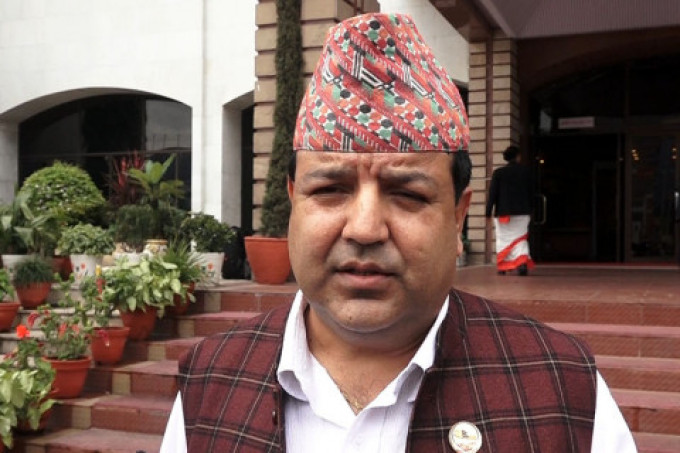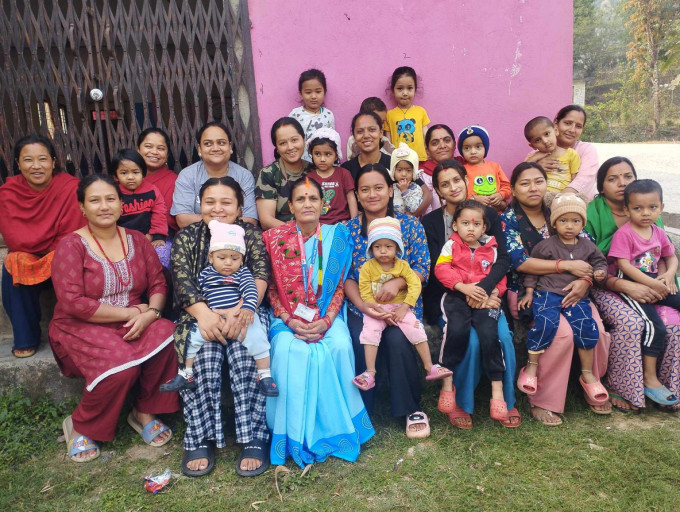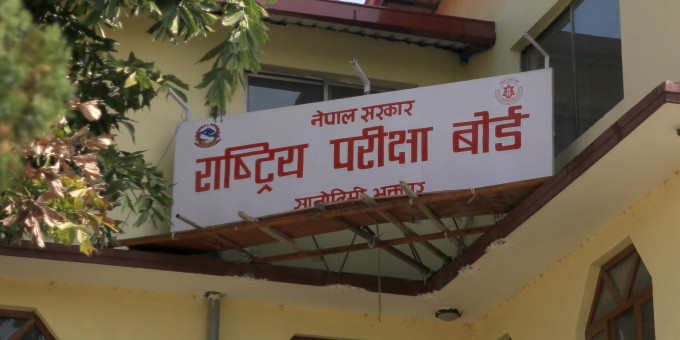A new treatment for chronic immune system disease that can prevent children from eating has been identified by a new study done by Tulane University.
Eosinophilic esophagitis (EoE) is triggered by food allergies or airborne allergens which cause a type of white blood cell, eosinophils, to build up in the lining of the esophagus. This causes the esophagus to shorten and the esophageal wall to thicken, making swallowing difficult and causing food to get stuck in the throat.
The disease occurs in an estimated 1 in 2,000 adults but more frequently affects children (1 in 1,500) where symptoms can be harder to diagnose and pose greater risks as difficulty feeding can lead to malnutrition, weight loss and poor growth.
The new study, published in Nature’s Communications Biology journal, found that the disease is caused by Interleukin-18 (IL-18), a protein involved in the innate immune response that can cause inflammation if produced in excess. When a food allergen enters the body, it activates a pathway responsible for regulating the innate immune system, resulting in the release of proinflammatory proteins like IL-18. This produces the eosinophils which damage the esophagus.
The study found that successfully inhibiting this pathway, called the NLRP3 pathway, and the release of IL-18 prevented the development of EoE from both food and airborne allergens.
“Parents and doctors may not be aware of this, but this is a very prominent and serious disease in the pediatric population, and it is increasing in number because it is directly related to food allergens, which are also on the rise,” said lead author Dr. Anil Mishra, director of the Eosinophilic Disorder Center at the Tulane University School of Medicine. “In this study, we show that after treating the disease in animals, the disease is gone and completely in remission."
The findings are crucial for a disease that was not identified until the 1990s. For many years, EoE was misdiagnosed as gastrointestinal reflux disease (GERD), despite GERD medication being ineffective for treating EoE. Additionally, this study’s findings replace decades of thinking that Th2 cells play a major role in triggering EoE.
“Given the paucity of mechanistic information and treatment strategies for EoE, we feel the proposed studies are highly relevant and are poised to have a major impact on establishing the significance of NLRP3-IL-18 pathway in the initiation of EoE pathogenesis,” Mishra said.
The study identified one existing drug, VX-765, as an inhibitor that may work as a treatment for humans. Importantly, this inhibitor would only deplete pathogenic eosinophils generated and transformed by IL-18 and not affect white blood cells created by IL-5, a protein important for maintaining innate immunity.
Mishra said a clinical trial would be the next step to determining the treatment’s effectiveness.
READ ALSO:









